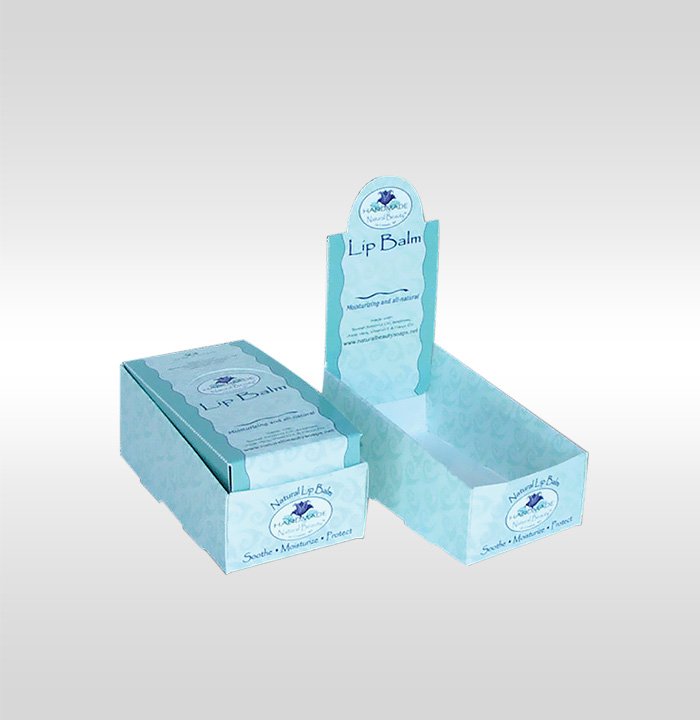Home insulation is essential to achieving energy efficiency, comfort, and noise reduction. Among the various methods available, injectable wall foam insulation stands out for its ability to retrofit existing walls without extensive demolition. But with different types of foam and technologies on the market, it’s crucial to know what works best — and why.
In this guide, we explore the top injectable foam insulation options, their advantages and disadvantages, and how to choose the right product for your needs.
What Is Injectable Wall Foam Insulation?
Injectable wall foam insulation is a form of sprayable or pumpable foam that is inserted into enclosed wall cavities, often through small holes drilled into the drywall or exterior sheathing. Once inside, the foam expands or fills the voids, effectively sealing air leaks and improving thermal resistance.
This method is particularly attractive for older homes lacking adequate insulation and for homeowners seeking an energy-efficient upgrade without tearing down walls.
Types of Injectable Wall Foam Insulation
There are three primary types of injectable foam used for insulating walls:
1. Polyurethane Foam
This is one of the most widely known spray foams. It expands rapidly after injection and provides excellent thermal resistance.
- R-Value: Around R-6 to R-7 per inch
- Expansion: High
- Application: Suitable for both new construction and retrofits
Pros:
- High R-value means better insulation performance
- Excellent air sealing
- Moisture-resistant
Cons:
- Can off-gas during application (professional installation required)
- More expensive than other options
2. Injection-Foam (Non-expanding Foam)
This is a specially formulated type of foam designed for enclosed cavities. It doesn’t expand as dramatically as polyurethane, which makes it safer for retrofits where space is confined.
- R-Value: Around R-4 to R-5 per inch
- Expansion: Low
- Application: Ideal for retrofitting existing walls without damaging drywall
Pros:
- Designed specifically for enclosed wall cavities
- Low risk of wall damage
- Improves air sealing
Cons:
- Lower R-value than closed-cell polyurethane
- May settle slightly over time if not properly installed
3. Urea-Formaldehyde Foam Insulation (UFFI)
Once popular in the 1970s, UFFI has fallen out of favor due to health and durability concerns. However, some modern versions are used in specialized applications.
- R-Value: R-4.5 to R-5 per inch
- Expansion: Low to moderate
- Application: Older homes with masonry or hard-to-insulate cavities
Pros:
- Good flow properties
- Suitable for narrow or complex wall spaces
Cons:
- Shrinks over time
- Health concerns due to formaldehyde emissions
- Often not recommended today
What Works Best: Factors to Consider
Choosing the best injectable foam depends on your wall structure, climate, budget, and energy goals. Let’s break down the key factors:
1. Thermal Performance
The R-value, or thermal resistance, measures how well insulation resists heat flow. Polyurethane foam leads with R-6+ per inch, making it ideal for colder climates or homeowners looking for top performance. Injection foam’s R-value is lower, but it still significantly improves wall insulation when compared to no insulation at all.
2. Wall Construction
- Existing drywall or siding: Injection foam is the safest for enclosed cavities, especially if you don’t want to open walls.
- Masonry or brick walls: UFFI or specially formulated injection foams may be used due to their flow characteristics.
- New construction: You have the flexibility to use expanding polyurethane spray foams without concern.
3. Air Sealing
Foam insulation not only resists heat flow but also blocks air infiltration, which is crucial for energy efficiency. Expanding polyurethane provides the best air sealing. Injection foam also performs well by filling small cracks and joints.
4. Moisture Resistance
In damp or humid environments, moisture resistance becomes critical. Closed-cell polyurethane foam has superior resistance and doesn’t absorb water. Open-cell or urea-formaldehyde foams may be more prone to moisture-related issues.
5. Installation Method
Professional installation is typically required, but the type of foam determines the complexity and risk:
- Expanding foams can exert pressure on walls and cause damage if not carefully installed.
- Injection foam is less aggressive and designed specifically to avoid those risks in retrofit applications.
Recommended Products
Here are a few widely used injectable foam insulation products that consistently receive positive reviews:
RetroFoam
- Non-expanding injection foam designed for retrofitting.
- Suitable for enclosed walls with drywall or siding.
- Low-VOC and environmentally safe.
- Excellent for sound dampening as well.
Icynene Classic™
- Open-cell spray foam that can be used in some injection applications.
- Great for air sealing and sound reduction.
- Expands to fill voids but requires precise control.
Demilec Heatlok®
- Closed-cell spray polyurethane foam with high R-value.
- Often used in new construction or full renovations.
- Strong air and moisture barrier.
Applegate R-Foam
- Injection foam with a good balance of R-value and flow characteristics.
- Suitable for various wall types.
Benefits of Injectable Wall Foam Insulation
If you’re still wondering whether injectable foam is worth the investment, here are the standout advantages:
✅ Energy Efficiency
Reduces energy bills by keeping conditioned air inside and outdoor temperatures out.
✅ Improved Comfort
Reduces drafts, cold spots, and temperature fluctuations.
✅ Noise Reduction
Foam fills cavities and reduces airborne sound transmission between rooms and from the outside.
✅ Low Disruption
Can be installed through small holes drilled into the wall, then patched and repainted — no need to remove drywall or siding completely.
✅ Eco-Friendly Options
Many injection foams are made with water-based or plant-derived ingredients and have low VOC emissions.
When NOT to Use Injectable Foam
Despite its benefits, injectable wall foam isn’t the best fit in every situation. Avoid it if:
- Your walls have significant existing moisture problems, as sealing them without remediation can trap water and lead to mold.
- You’re planning a full remodel, in which case batt or rigid board insulation may be more cost-effective.
- Your home already has blown-in cellulose or fiberglass that is not compacted — foam may not adhere or may displace it unevenly.
Conclusion: What Works Best and Why
So, what’s the best injectable wall foam insulation? Injection foam (like RetroFoam) is usually the top choice for retrofitting existing walls. It’s designed specifically for enclosed cavities, offers a respectable R-value, and minimizes installation risks.
However, closed-cell polyurethane is unbeatable in terms of insulation performance and moisture resistance, making it ideal for new builds or major renovations.
Ultimately, the “best” solution depends on your home’s unique structure, your budget, and your long-term energy goals. Partner with a certified insulation contractor to evaluate your walls, identify potential air leaks, and choose a foam solution that fits both your needs and your house.
Need help choosing the right insulation for your home? Consult a professional insulation contractor to get an energy audit and a tailored recommendation.















Leave a Reply